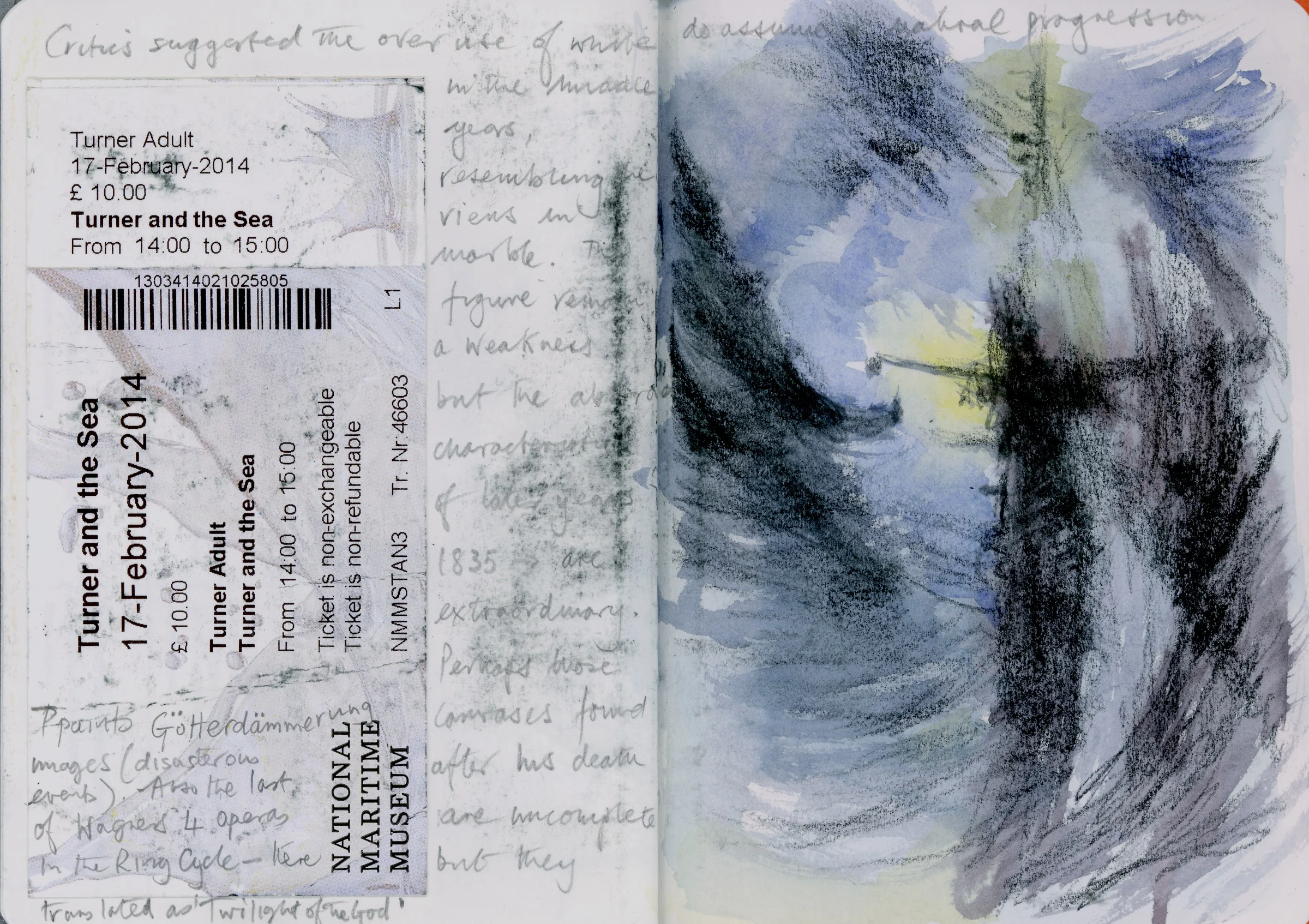***** There is something wonderful about using chairs to help frame a narrative; be it by Pina Bausch, Cheek by Jowl (Andromache. 2009) or by Ai Weiwei (currently at the Yorkshire Sculpture Park)... or indeed in South African director Yaël Farber's strikingly powerful production of The Crucible at the Old Vic.
Initially, when all of the actors briefly assemble on the chair-filled stage, we are reminded that this is going to be a big production in a small space. Yet the space works perfectly. It is a wonderfully intimate setting and, as Tituba whispers her magic through the smoke, we the audience instantly feel part of the congregation of Salem.
There is little space, or need, for an elaborate set and the costumes and lighting complement this with a monochromtic warmth; these are bleak times and yet the human spirit still manages to shine as a beacon of resistance. Again there is a simplicity to the staging but also an incredible rhythm to the dramatics. The spectacle of Abigail jumping onto Proctor, before being thrown off again, would not have looked out of place at Rambert, and the chorus of possessed young girls are choreographed to perfection (a quality that is sadly lacking in Medea at the National Theatre). And then there is Richard Hammarton’s beautifully restrained soundscape which, at key moments, still manages to rattle our souls with deep bass driven electronics.
Richard Armitage's John Proctor exhibits both a fury and a frail humanity that leads one to question contemporary politics and society. The blinkered authoritarianism set against the good and the downtrodden are as relevant today as ever. Make no mistake, this is a thoroughly modern play despite its appearance. But Armitage aside, there are stand-out performances all round. Samantha Colley's Abigail Williams makes one shiver, Danforth and Hale are wonderful, Rebecca and Francis Nurse are magnificent, and Mary Warren after failing to faint on demand, ramps up a performance that ends with a her raging in a symbolic but simple green dress. O...it has come to this we think.
In the end Proctor's suggestion that his wife has 'an everlasting funeral marching around her heart' is turned on its head when she says, 'I can not judge you John', and their love is forever reconciled. When we hear of the boulders arranged to crush Francis Nurse because he refused to answer to his accusers I think of a man standing in front of a tank in Tienanmen Square. And just as the man refuses to move, Francis refuses to to be judged. The only thing Francis wishes from this mockery of justice is 'More weight'...yes this is certainly a modern play.
And finally, just as chairs came and went from the stage, helping to frame the narrative, they also framed our reception...in unison we all left our seats to stand and acknowledge something rather special and timeless.






















































